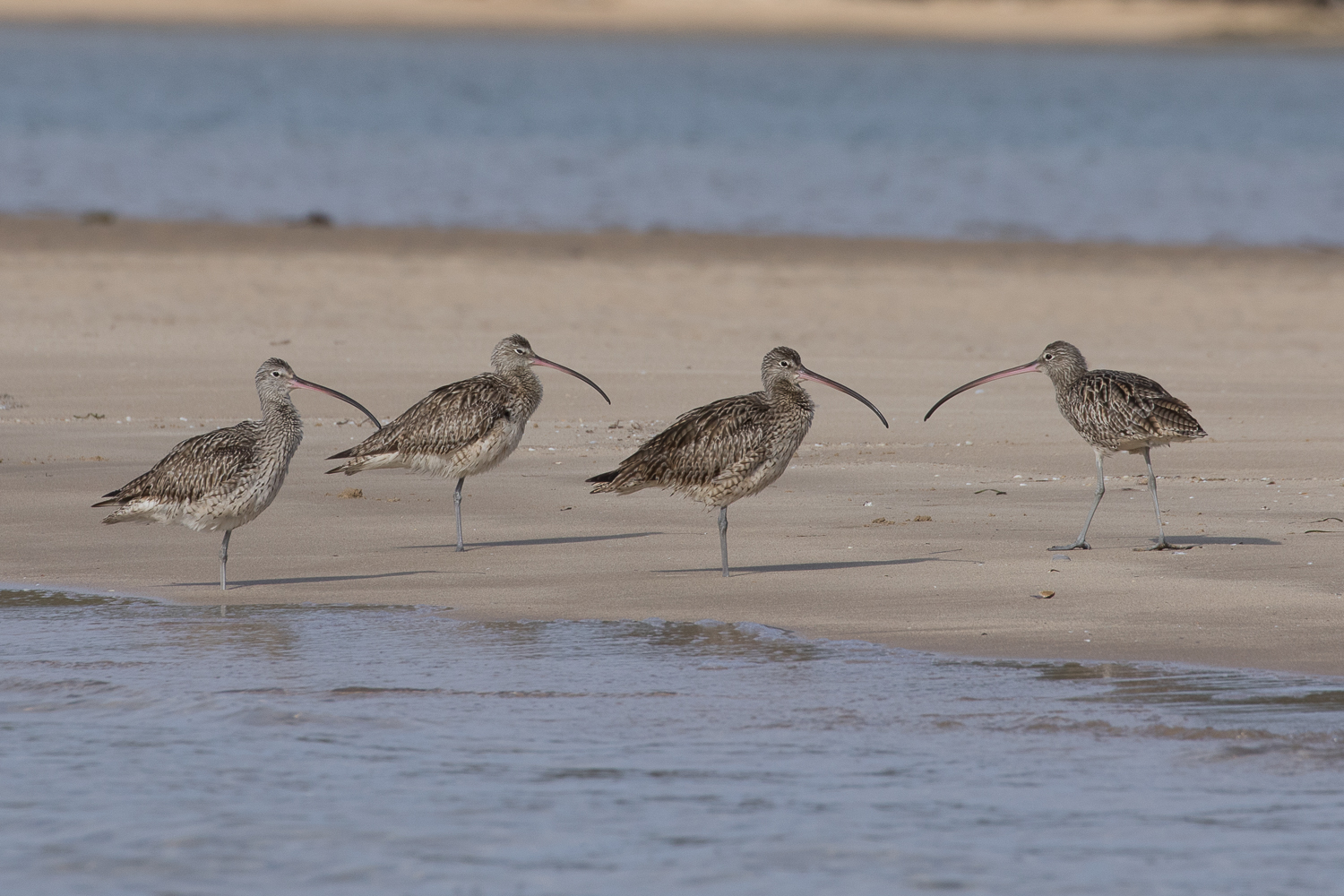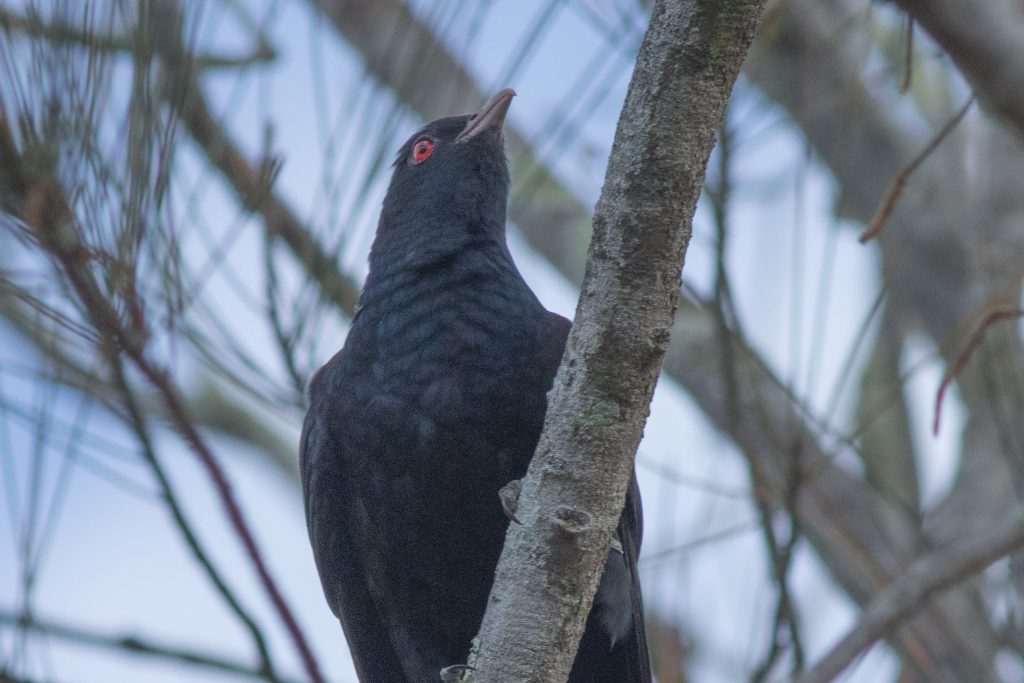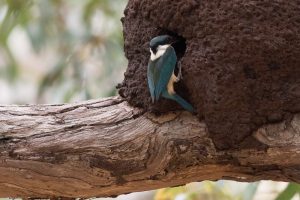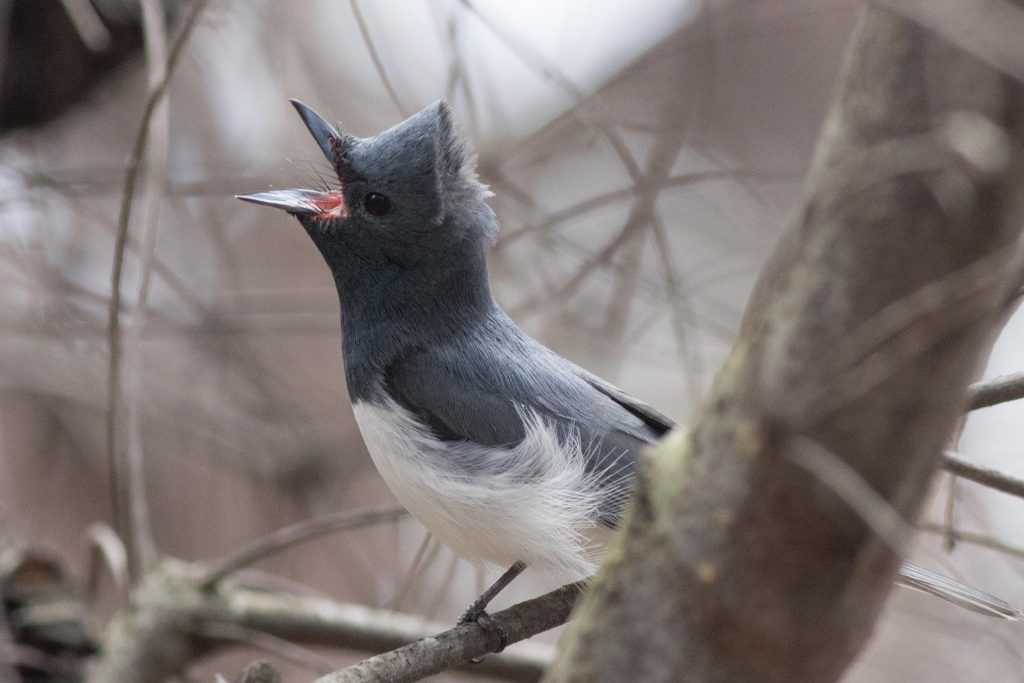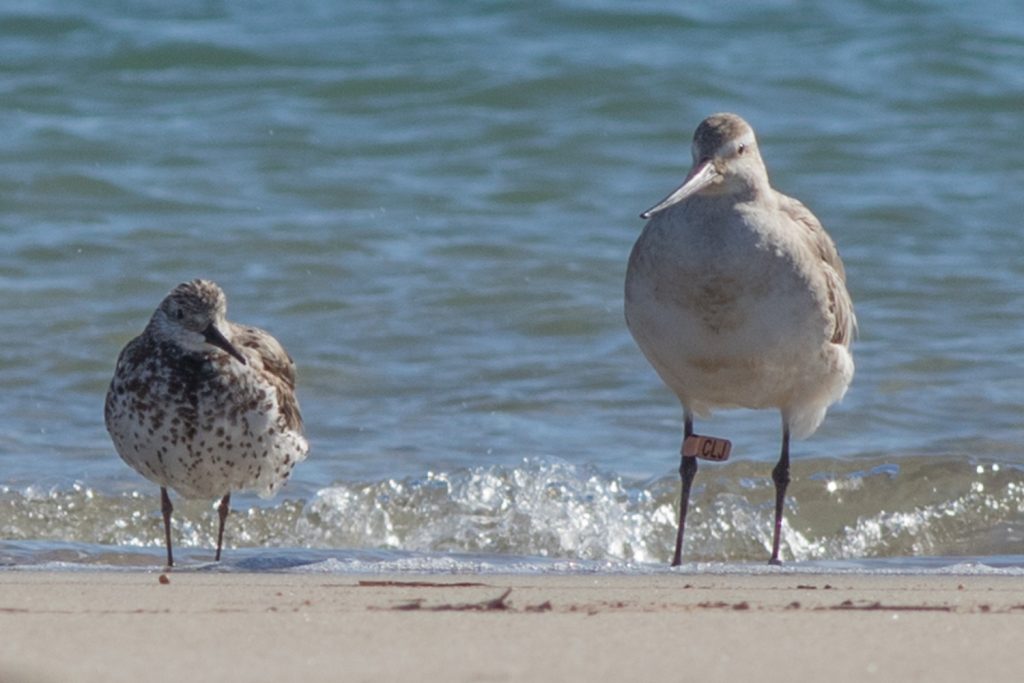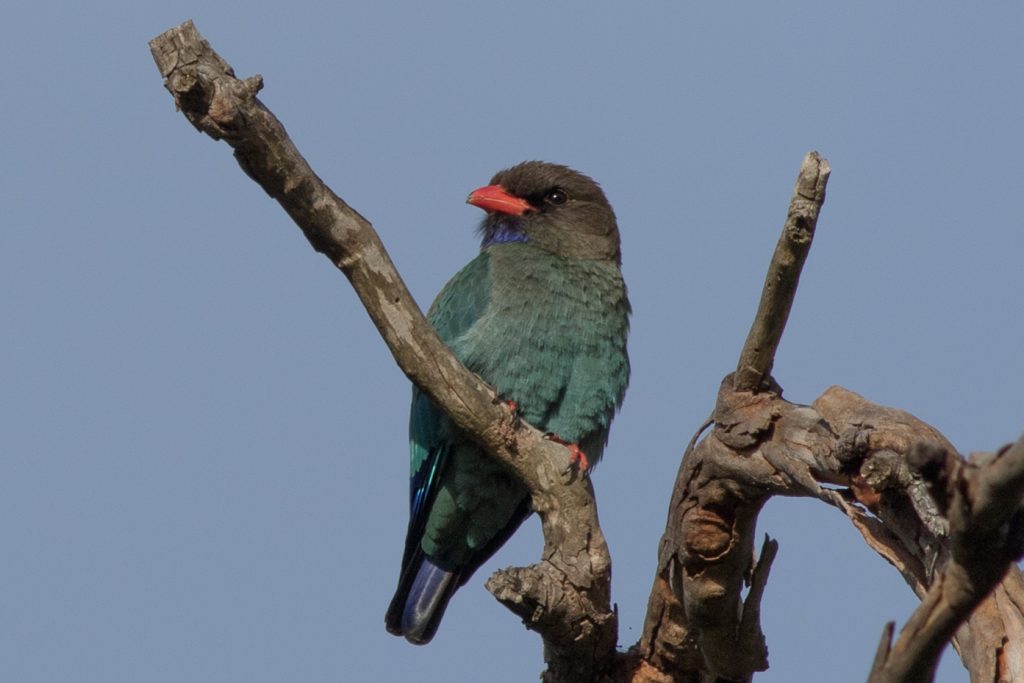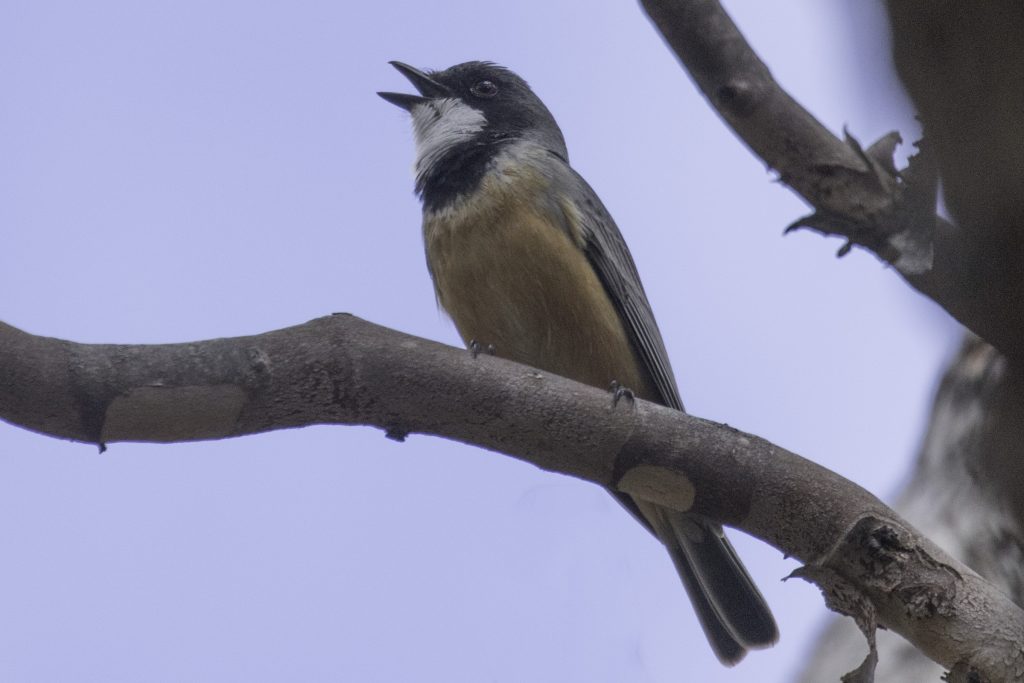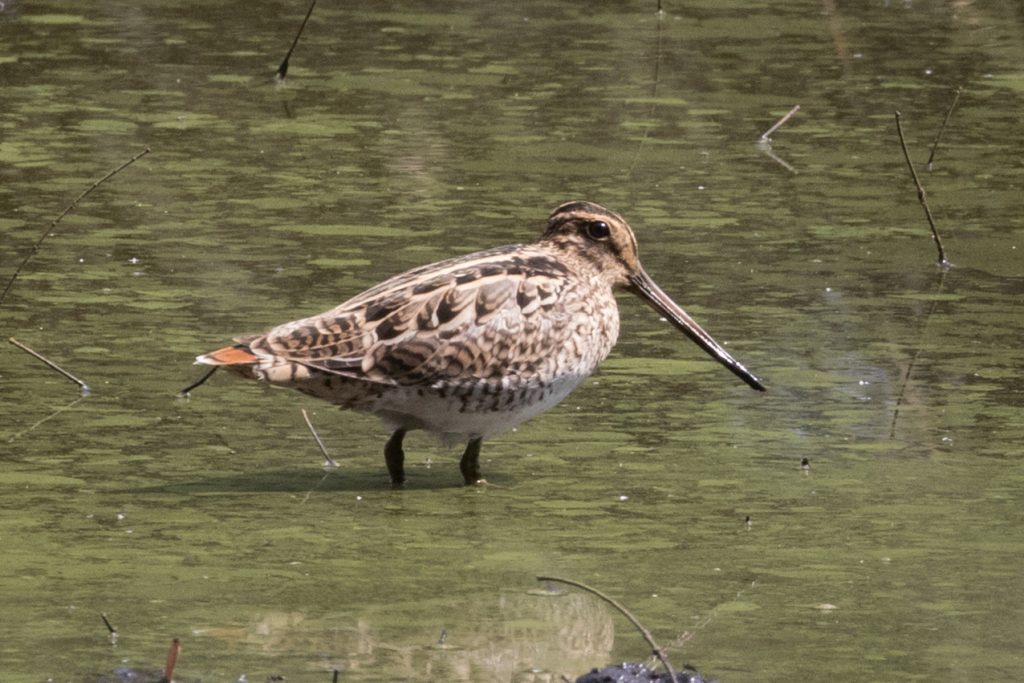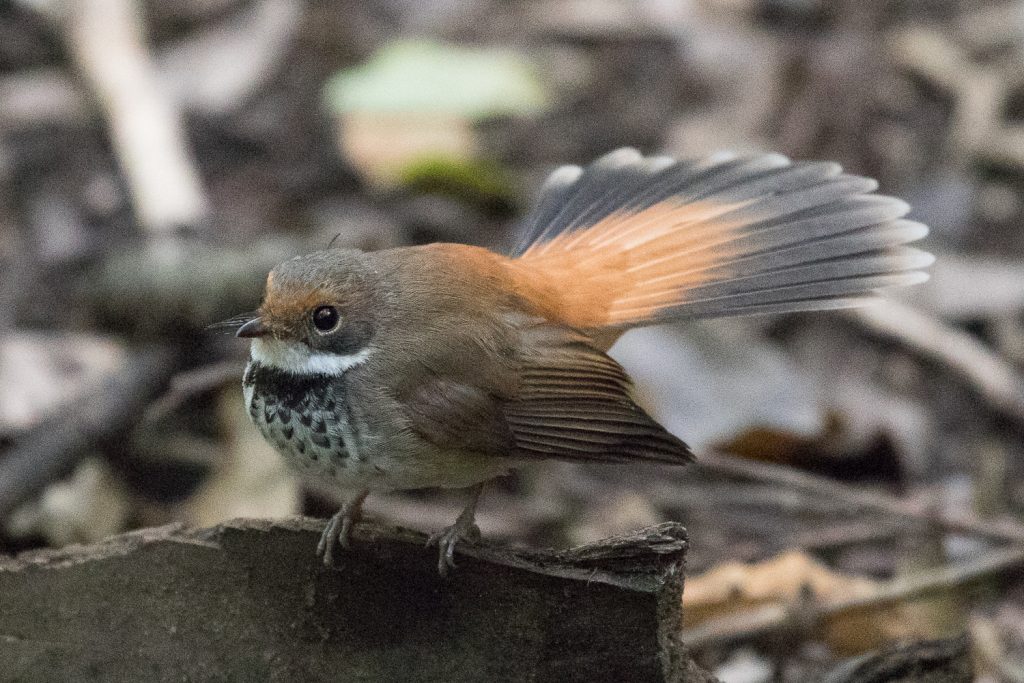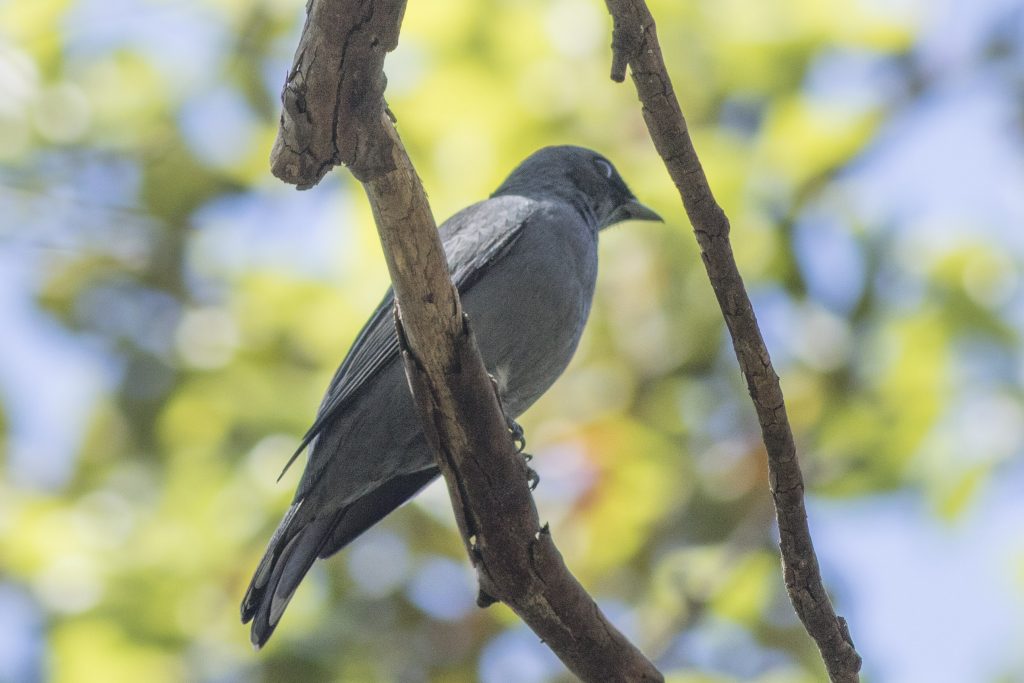The godwits that arrive on the intertidal flats of Port Hacking in September have flown nonstop to the Australian coast from Alaska. This bird with the flag CLJ arrived in early September 2020 and September 2021. Both years it has stayed a few days before flying onwards to Corner Inlet in Victoria where it was originally flagged. Here it is photographed alongside a Great Knot which has migrated down from its breeding grounds in Northern Siberia.





